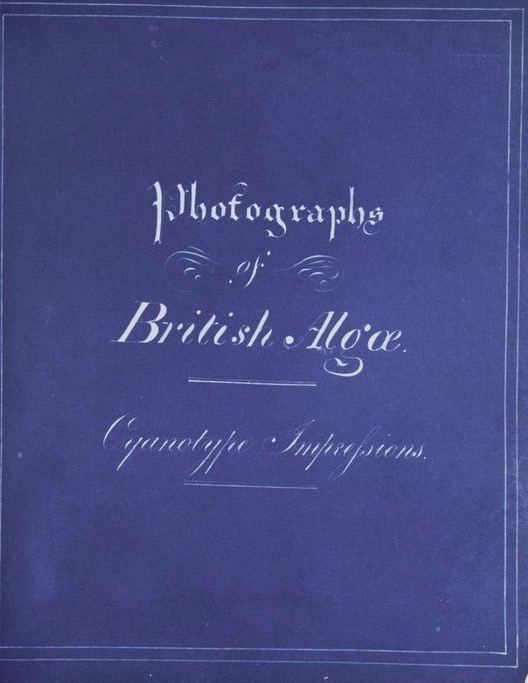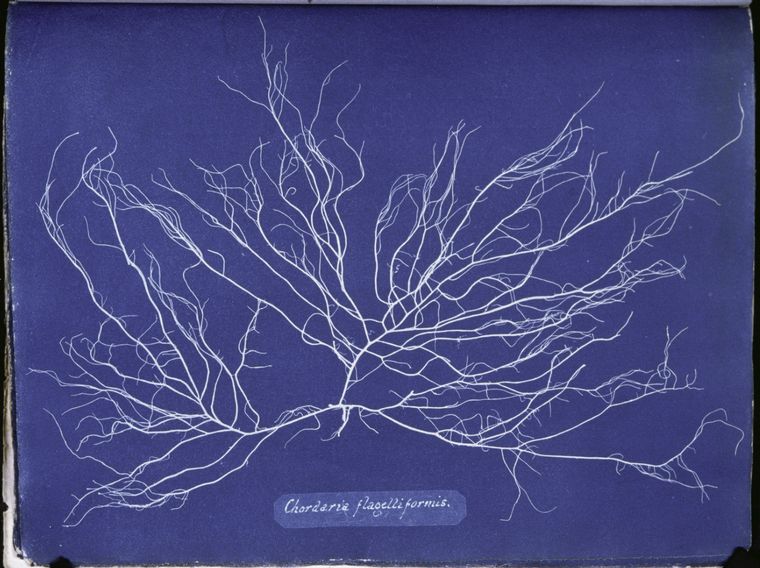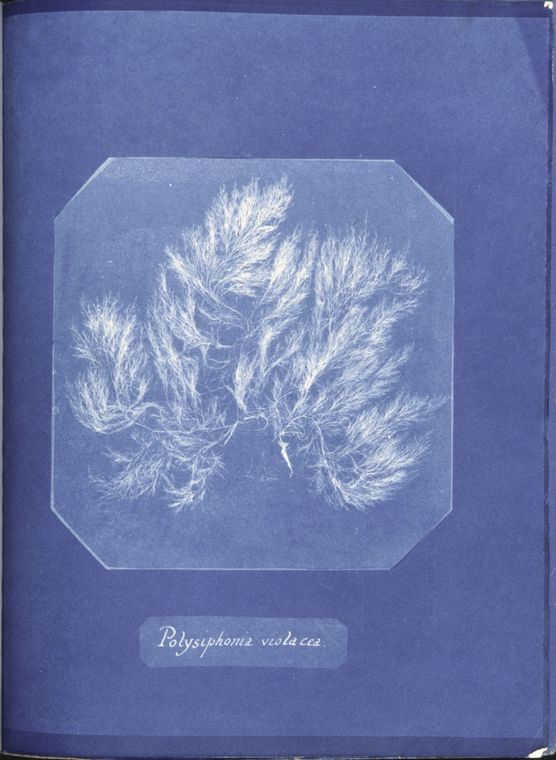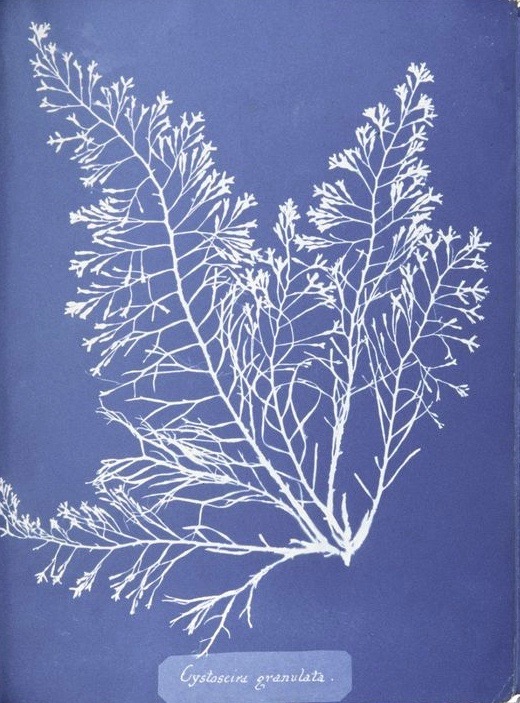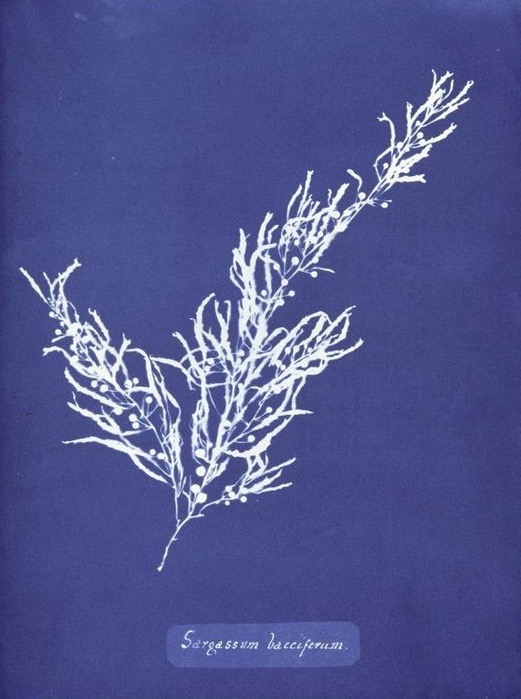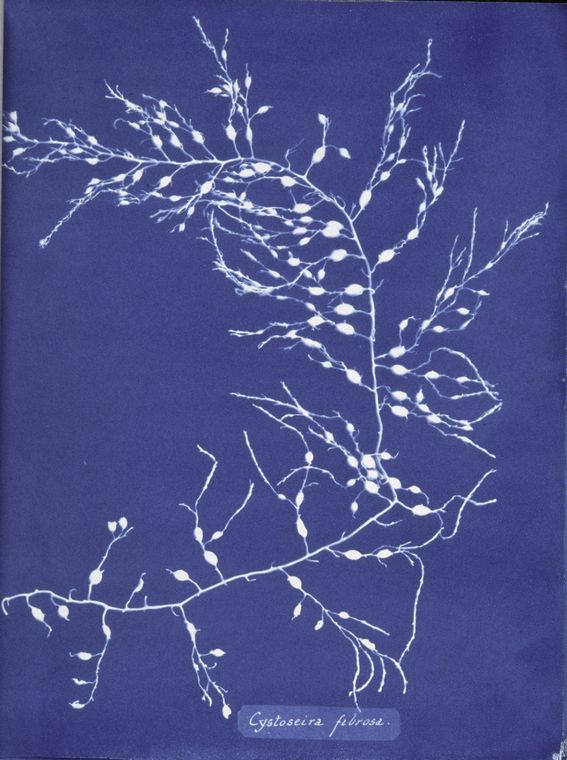Prepare my swan costume.
— alleged last words of ballerina Anna Pavlova, as reported by her husband
The Internet suggests that swans are fairly tough specimens, quick to hiss and flap at any YouTuber unwise enough to violate their personal space with a video camera.
The celebrated ballerina Anna Pavlova (1881–1931) paints a different picture in her signature piece, The Dying Swan.
Choreographer Mikhail Fokine created the four minute solo in 1905 at Pavlova’s request, drawing on her admiration for some resident swans in a Leningrad public park and Alfred, Lord Tennyson’s poem “The Dying Swan.”
It was perhaps a happy accident that he had just learned how to play Camille Saint-Saëns’ Le Cygne from Le Carnaval des Animaux on his mandolin. Performed on cello, as originally intended, it supplies a mood of gorgeous melancholy with which to observe the titular character’s en pointe death throes.
Fokine’s description of the work’s creation in Dance Magazine’s August 1931 issue speaks to the rigor of these practitioners and their art form:
It was almost an improvisation. I danced in front of her [Pavlova], she directly behind me. Then she danced and I walked alongside her, curving her arms and correcting details of poses. Prior to this composition, I was accused of barefooted tendencies and of rejecting toe dancing in general. The Dying Swan was my answer to such criticism…The dance is technically more difficult than it may appear. The dancer moves constantly using different bourrees. The feet must be beautiful, expressing a trembling. All pauses in sus-sous must show legs brought to one point. The arms and the back work independently of the feet which continue to move regularly.
The archival footage from 1925, above, conveys what Fokine’s words cannot—the deep emotion for which this particular interpreter was known. It’s a visceral experience to watch this broken animal fighting for its survival, quivering and heaving, before crumpling at last. (A pity that this version cuts off so abruptly… that final note should linger.)
Pavlova performed The Dying Swan around 4000 times over the course of her career, never sickening of it, or of the beasts who inspired it. Swans populated a small pond at her English country home. You can witness her fondness for them, below.
Related Content:
Ballet Dancers Do Their Hardest Moves in Slow Motion
Ayun Halliday is an author, illustrator, theater maker and Chief Primatologist of the East Village Inky zine. Her play Zamboni Godot is opening in New York City in March 2017. Follow her @AyunHalliday.
